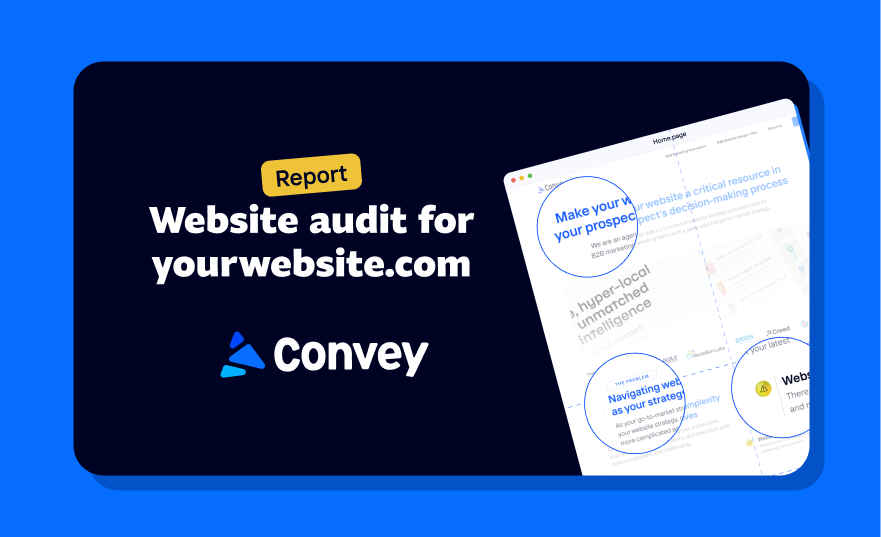B2B marketing attribution and the dark funnel
Don't trust your marketing automation tool’s attribution data to tell a complete story of your prospects’ purchase journey. Especially if your prospect’s purchase journey involves multiple decision-makers or is longer than 30 days.
Your marketing automation tool’s attribution data is flawed in two ways:
Reason #1: Marketing automation tools don’t provide attribution for “dark funnel” activities.
As a result, provide attribution to activities that marketing automation tools have the ability to track.
Your prospects can engage with your brand in many ways within the dark funnel, for example, LinkedIn, word of mouth at tradeshows, Slack user groups, etc.
Consider this scenario from one of your prospects:
- A prospect discovers your brand from a LinkedIn post.
- Then this prospect attends a tradeshow and converses with one of your customers.
- After the event, this prospect Googles your brand and visits your website.
- After a week, this prospect visits your website again and requests a demo.
In this scenario, your marketing automation tool’s attribution system will credit organic search (first touch) or direct traffic (last touch) for the scheduled demo. What about attribution for items #1 and #2? Your marketing automation tool won't track these touch points.
Reason #2: Most website tracking data never becomes personally identifiable within marketing automation tools
- Your prospects have plenty of opportunities to speak to sales other than initiating a conversation with form fill. Assume that your sales reps have connected with your prospects and are directly communicating on LinkedIn, at tradeshows, or through email.
- When multiple people are evaluating your solutions from a single prospective company (which there almost always are), it is not likely that each one of these evaluators will fill out a form.
- The longer the purchase journey, the more chance there is to lose data. Tracking cookies can expire, or a prospect can decline cookies or clear cookies, which wipes out their tracking data.
- Your prospects will likely use multiple devices, especially their work computer and their smartphone. You can’t assume that the prospect will fill out a form or identify themselves on all the devices they have used throughout their purchase journey.
Here is how you can get more comprehensive attribution data:
Website tracking data from ABM platforms
ABM platforms allow you to collect website visitor tracking data and attribute this activity to a company relying on form fills. Since ABM platforms match website visits to companies based on IP addresses, there is no data loss due to cookie tracking flaws. Each ABM platform has a “match rate”, the percentage of successful IP address to company matches, so factor this into your attribution modeling.
Micro-attribution sprints
Marketing attribution tools can provide relatively accurate tracking for smaller view goals. This type of tracking should optimize for short-term flows such as consuming content or signing up for a webinar. You can track attribution on an activity with a single decision-maker and a short decision process.
Self-reported attribution
Add an open text field for “how they heard about you” to your forms. Your prospects will likely report what triggered a meaningful activity. Your marketing automation tool will bias toward a trackable marketing activity or the last/first marketing activity it tracked.
Sales-reported attribution
At the end of every sales opportunity (won and lost), the sales team can provide great information that the marketing team can use to optimize its effectiveness.
Here are some examples of questions that the sales team can ask prospects:
- How did you hear about your company?
- What content helped you in your purchase journey?
- Where did you struggle to find information in the purchase journey?
- What were the top reasons you decided to purchase?
- What competitors did you evaluate?


